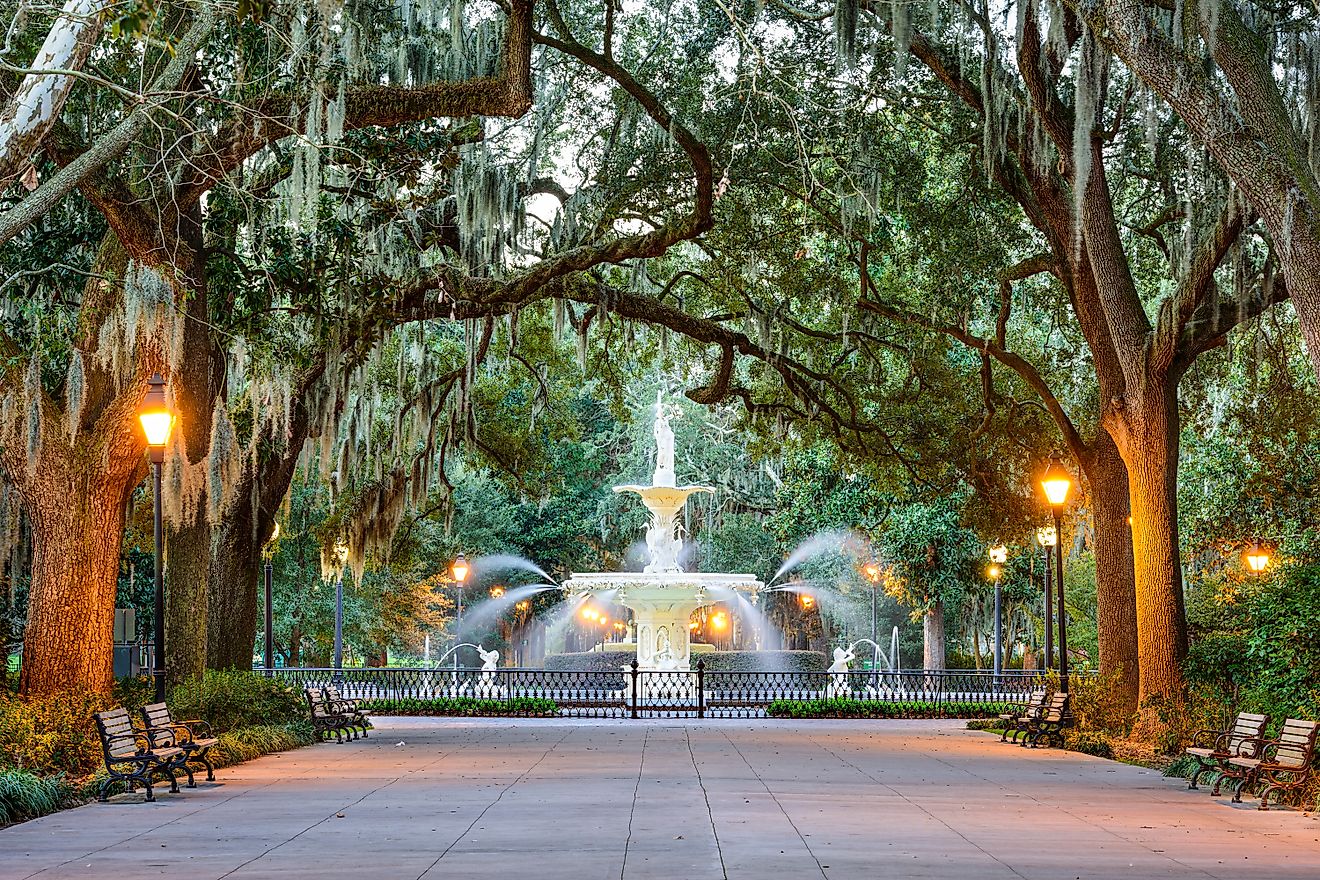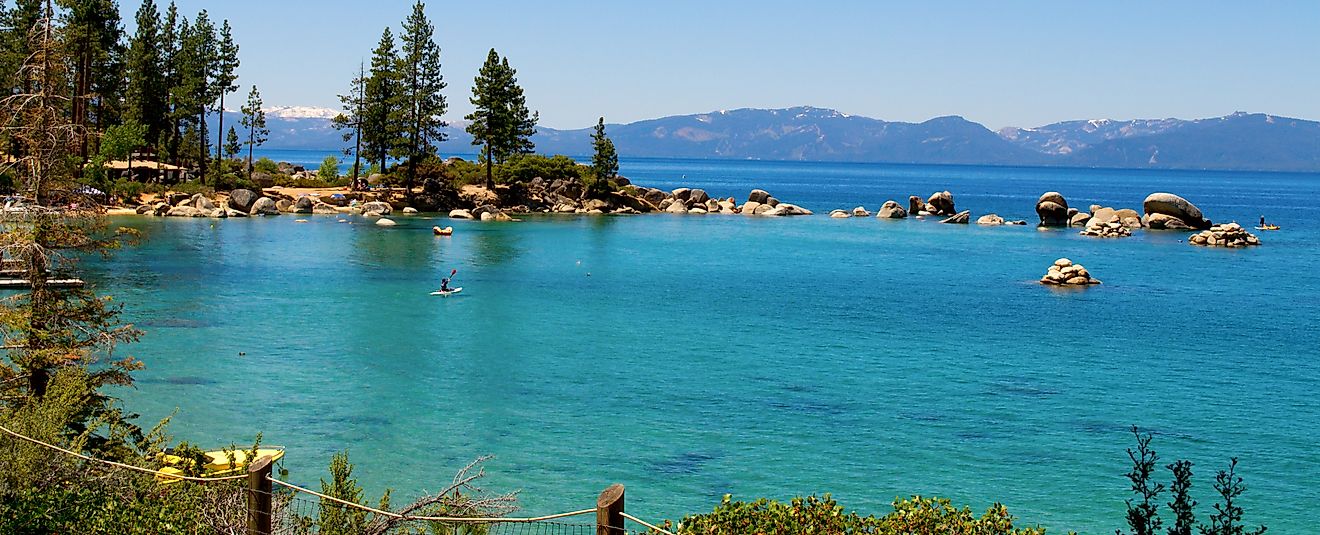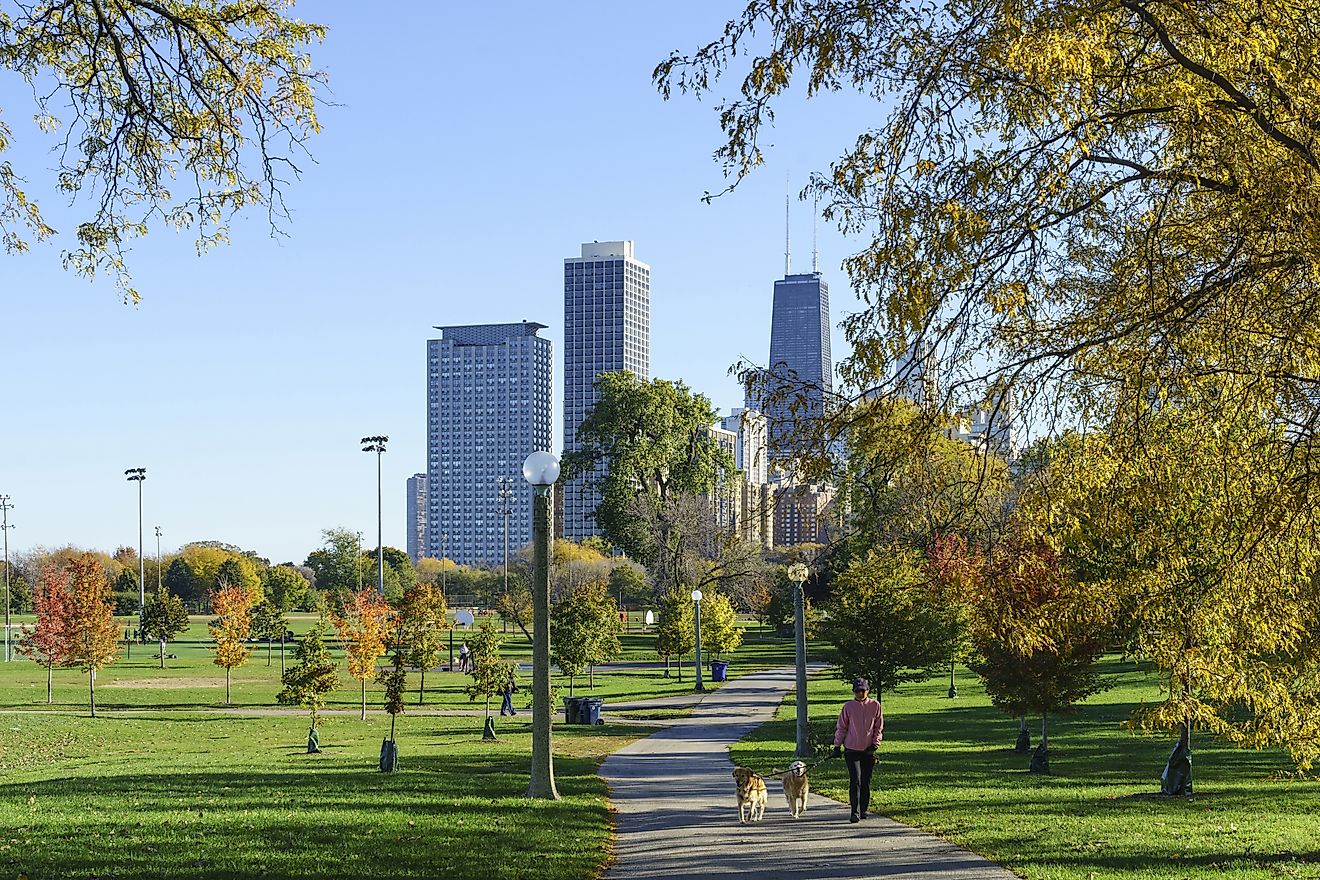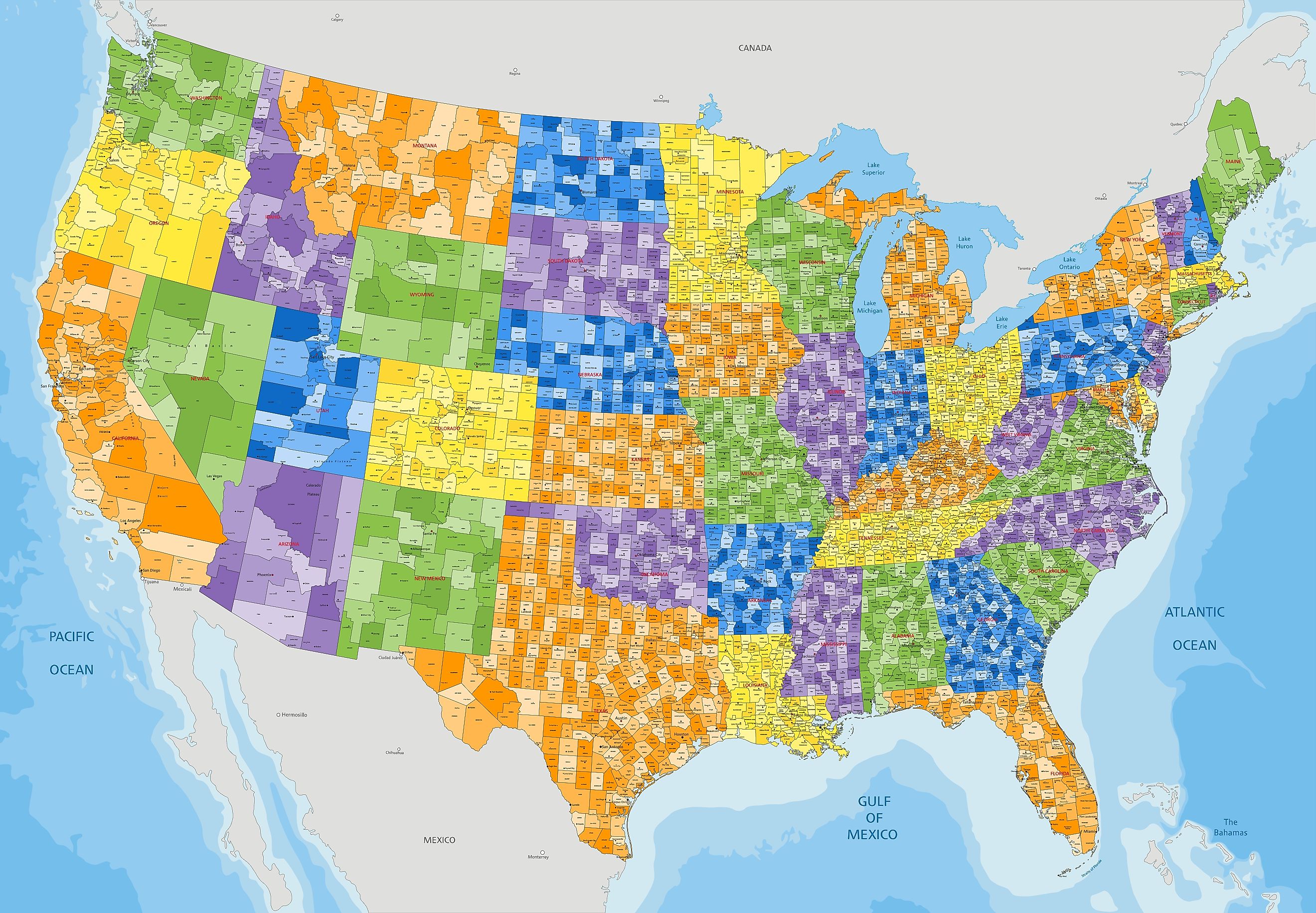
How Do US Counties Work and Why Are There Over 3,000?
The United States has more than 3,000 counties, each serving as a crucial building block of local government. But why do they exist, and how do they actually work? The short answer is that counties are designed to make government more accessible and efficient by breaking states into manageable areas of administration. They handle everything from recording property deeds to running local courts and maintaining rural roads. As for why there are so many, the answer lies in the country’s size, history, and diversity. Each state was shaped differently, leading to counties that reflect geography, settlement patterns, and politics.
Take a deeper look at how counties function and why there are thousands of them across the country.
What Exactly Is a County?
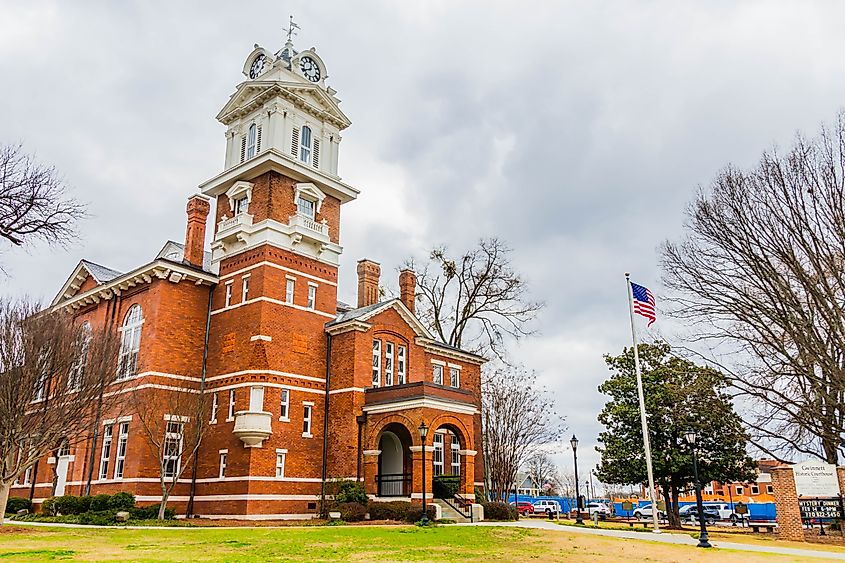
At its core, a county is a subdivision of a state. Counties act as the middle ground between state governments and local towns or municipalities. They administer state laws at a local level and take care of public services that are too big or expensive for individual towns to manage.
In practical terms, counties oversee:
-
Local courts and jails
-
Property records and deeds
-
Elections and voter registration
-
Public health services
-
Sheriff departments and rural law enforcement
-
Road maintenance outside of city limits
Think of counties as service providers that keep day-to-day government running smoothly. While city governments focus on urban needs and states handle broad legislation, counties fill the gap in between.
Why Are There So Many Counties?
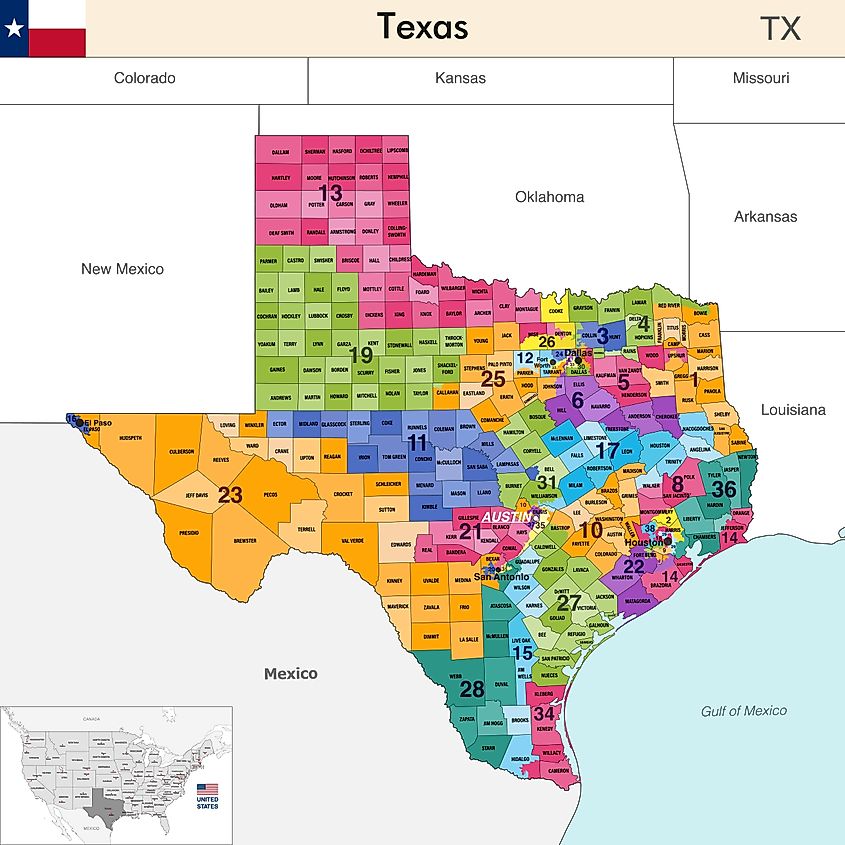
The United States has 3,143 counties and county equivalents (like parishes in Louisiana and boroughs in Alaska). That number seems enormous, but it makes sense when you consider how the country grew.
-
History of settlement: Early settlers divided land into smaller chunks to ensure no one had to travel too far to reach a courthouse or government office.
-
Geography: Large western states with vast open land needed bigger counties, while older eastern states carved smaller ones because people lived closer together.
-
Local control: Americans have always valued local decision-making. Creating more counties gave communities control over their own governance.
This combination of history, geography, and politics explains why one state like Texas has 254 counties while another, like Delaware, has only three.
Counties by the Numbers
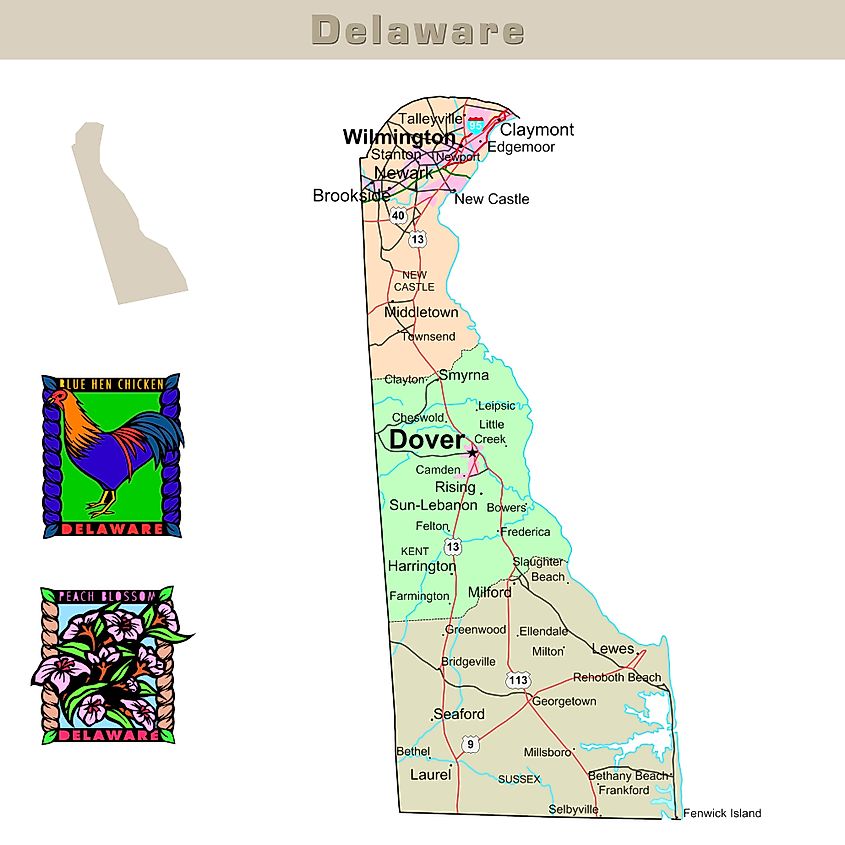
Here’s a quick snapshot of county distribution across the United States:
| State | Number of Counties | Notable Fact |
|---|---|---|
| Texas | 254 | Most counties in the US |
| Georgia | 159 | More than any other state east of the Mississippi |
| Delaware | 3 | Fewest counties in the US |
| Hawaii | 5 | Uses counties as both local and island governments |
| Alaska | 19 boroughs and census areas | Functions differently than standard counties |
This variety shows how counties reflect the unique character of each state.
Counties vs County Equivalents
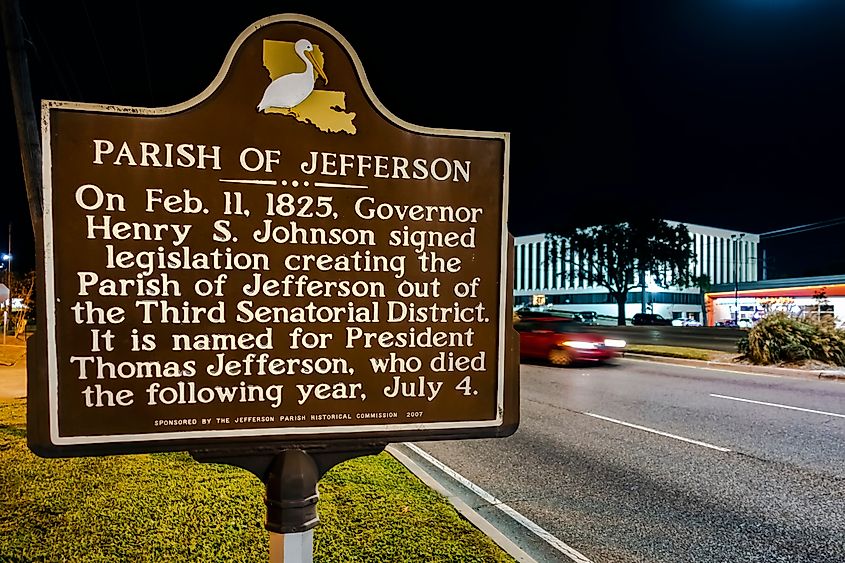
Not every state calls them counties. Some states use different names or structures, but they serve the same purpose:
-
Louisiana calls them parishes.
-
Alaska uses boroughs and census areas.
-
District of Columbia acts as its own county equivalent.
-
Independent cities (like Baltimore, Maryland or Carson City, Nevada) function as both city and county.
These variations show how flexible the county system can be while still maintaining the same role in governance.
What Counties Actually Do

Counties play an everyday role in the lives of Americans, whether we realize it or not.
-
Law and order: County sheriffs patrol rural areas, county jails hold offenders, and county courts hear cases.
-
Public records: If you’ve bought a house, your deed is filed at the county clerk’s office.
-
Health services: Many counties run hospitals, public health clinics, and vaccination programs.
-
Infrastructure: Counties maintain thousands of miles of rural roads and bridges.
-
Elections: Counties are responsible for managing polling places, ballots, and results.
Without counties, many of these essential services would fall through the cracks.
Why Counties Look Different Across the Country
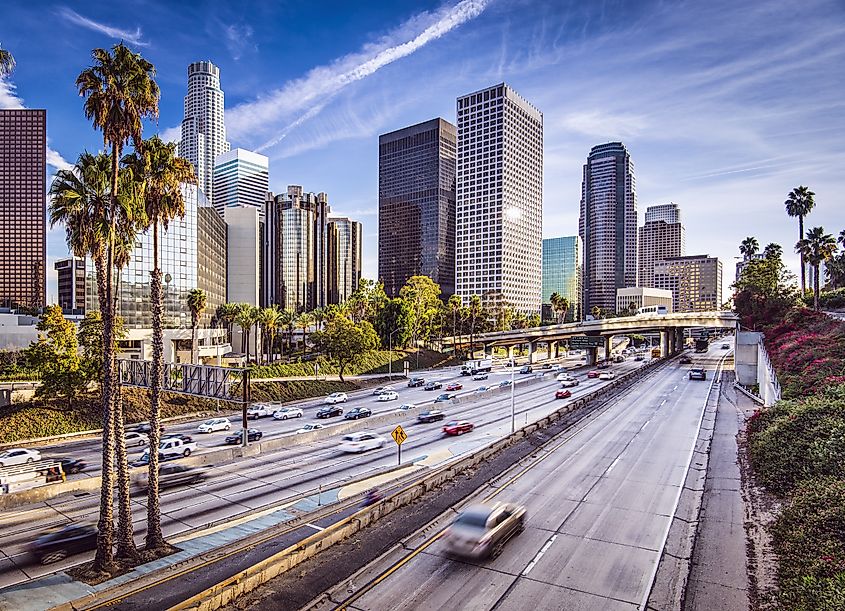
Counties may share the same general role, but their size and power vary widely.
-
Large western counties: In states like Utah, Nevada, and Arizona, counties cover vast stretches of desert and mountains. Some are bigger than entire eastern states.
-
Small eastern counties: In states like Virginia or Maryland, counties are smaller and often just a short drive across.
-
Strong counties: In places like California, counties wield significant power and oversee everything from social services to law enforcement.
-
Weak counties: In New England, counties are less powerful because town governments handle most local services.
This diversity comes from the way states were settled and governed over time.
Fun Facts About US Counties
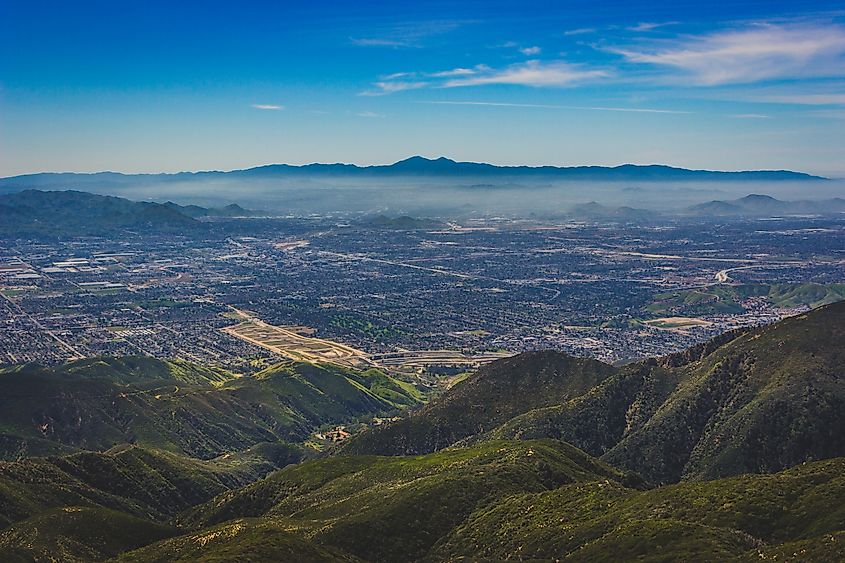
-
The largest county by area is San Bernardino County, California, which is bigger than nine US states.
-
The smallest county by area is Kalawao County, Hawaii, just 12 square miles.
-
Los Angeles County, California has more than 10 million residents, making it larger than 40 entire states.
-
Loving County, Texas has fewer than 100 residents, making it the least populated county in the US.
-
Virginia is unique for having 95 counties and 38 independent cities that are not part of any county.
These facts show just how varied the county system can be.
Why Do Counties Matter Today?

Counties may seem like dusty relics of the past, but they remain highly relevant. They form the backbone of local government, especially in rural areas. In cities, county governments often provide critical services like public health or elections that residents take for granted.
They also represent local identity. Many Americans feel just as attached to their county as they do to their city or state. Sports rivalries, cultural traditions, and local pride often revolve around county lines.
The Future of Counties
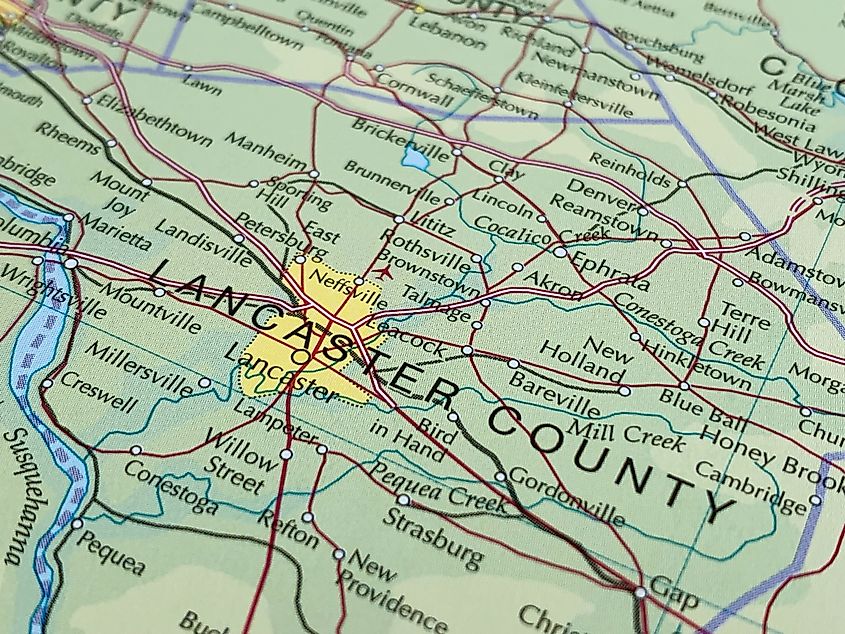
With more than 3,000 counties already in place, will we ever see new ones? The answer is yes, but rarely. Counties are occasionally created when large populations demand new services or when political boundaries shift. However, in most states the lines have stayed the same for decades.
Counties are also modernizing. Many now offer online services, digital property records, and virtual court hearings. While the role of counties continues to evolve, their purpose remains the same: to bring government closer to the people.
Counties and the Local Pulse of America
So, how do US counties work and why are there more than 3,000 of them? Counties function as the state’s boots on the ground, delivering vital services that individuals, towns, and even states cannot handle on their own. The sheer number comes from the country’s vast geography, unique settlement history, and commitment to local self-governance.
From the sprawling deserts of California’s largest counties to the compact clusters of Delaware, counties reflect America’s diversity and local character. They may not always make headlines, but they quietly keep daily life running for millions of Americans. Whether you are voting in an election, driving down a rural highway, or filing a property deed, chances are your county government had a hand in making it happen.



